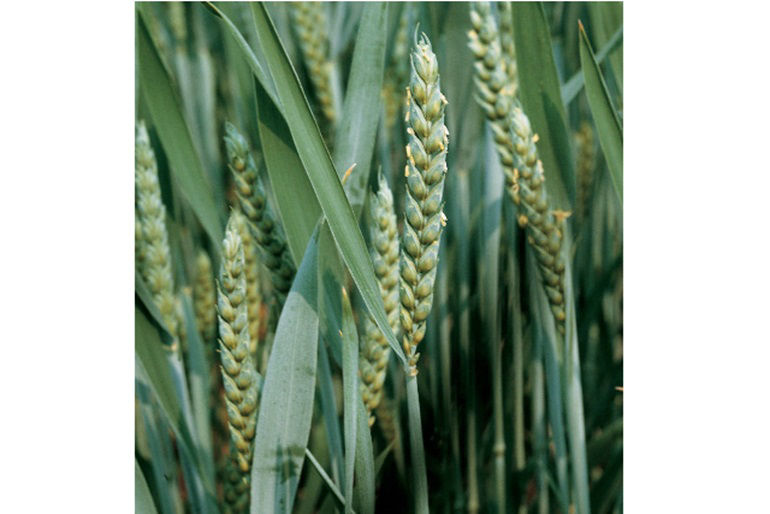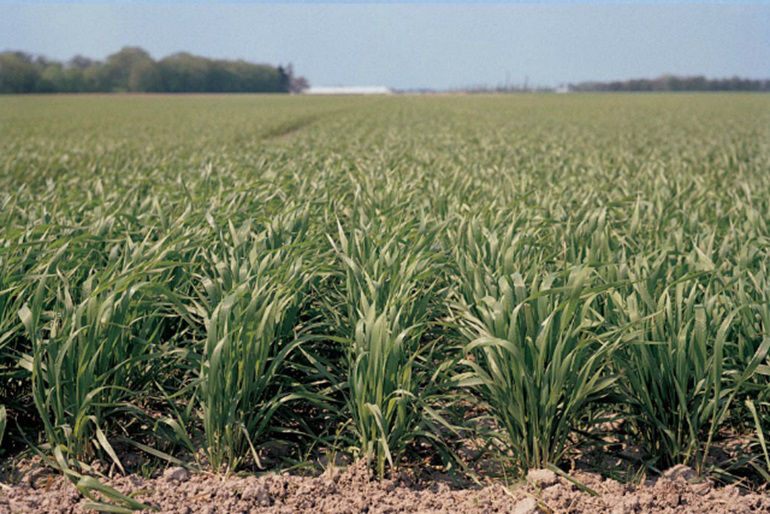Top 10 Tips for Winter Wheat Yields
February 17, 2016


Best management practices (BMPs) go a long way to help farmers secure the best yields and return on investment when planting winter wheat. While there are many factors involved in achieving top yields, the following top 10 tips can help growers add bushels and profits and wind up with the best winter wheat outcomes:
1. Harvest practices
Spread straw and chaff residue properly with the combine at harvest to help set the stage for optimal field conditions for planting winter wheat. Too much residue can delay emergence. Adjust residue spreading to match the width of your combine platform for best results.
2. Variety selection
Consult with local seed dealers, review results of university Extension variety trials and choose the best seed variety for regional environmental conditions and individual farming practices.
3. Seed genetics
Plant a newer wheat variety that has been commercially tested for five years. This may help boost yields by 10 bushels or more per acre versus older wheat varieties. Look for certified seed genetics that provide good winter hardiness, tolerance to diseases such as head scab and good standability under the high nitrogen fertility needed to achieve top yields.
4. Seed treatments
Protect young wheat seedlings and cost-effectively manage risk with seed treated with a fungicide and an insecticide to protect against common fungal soilborne diseases such as Pythium, Rhizoctonia and Fusarium rot and insect problems such as aphids, cutworms and Hessian fly.
5. Soil testing
Gauge fertility by taking soil samples to maintain optimum soil nutrient levels.
6. Fertility levels
Restore more nutrients to the soil than were removed during harvest of the previous crop. For example, applying phosphorous at seeding can aid winter survival. Soil types and the results of nutrient testing will also determine fertilizer application rates.
7. Nitrogen management
Maintain high nitrogen levels for high-yielding winter wheat. Critical timing for nitrogen application comes at seeding, V-5 stem elongation and prior to heading. Many experts recommend split nitrogen applications to reduce lodging and enhance wheat quality.
8. Seedbed preparation
Plant winter wheat in standing stubble, if possible. While stubble may harbor disease, it also provides a good source for the retention of valuable soil moisture from snow and rainfall, which will help nourish the new crop. Establish a disease management plan to allow for the benefits of planting into standing stubble.
9. Seeding dates
Choose planting dates depending upon the growing region and weather. Optimum seeding dates range from September through the first 10 days of October. Wheat seed needs adequate moisture and growing degree days to germinate and enough cold temperatures to vernalize prior to spring.
10. Pest management
Control weed, disease and insect pressures with timely scouting and identification for top yields. Seed treatments, wheat varieties with built-in resistance, and foliar herbicide, fungicide and insecticide applications go a long way to protect yields from pest threats.
Bayer Solutions for Winter Wheat
Bayer offers a broad portfolio of season-long products to help winter wheat growers achieve the highest possible yield and grain quality. Read the entire label for best results and to confirm the product is effective on the pest you need to control. Choose the best products to control your specific pests and achieve the best yield outcome.
Visit our cereals section for information on a portfolio of products from Bayer to help cereal growers maximize yields and protect their crops or contact your local Bayer representative.